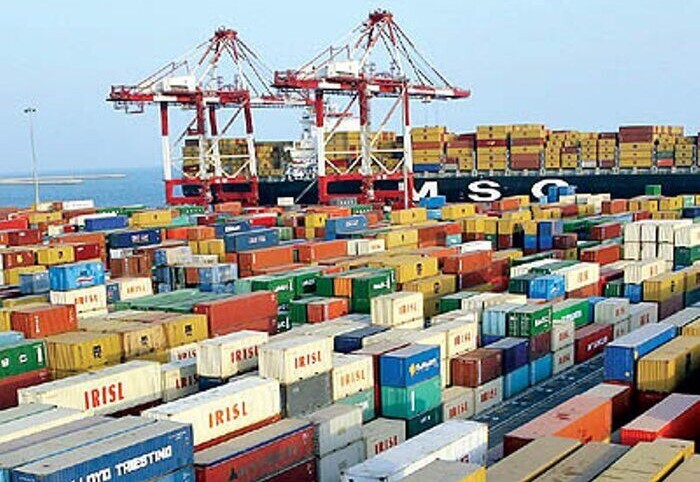Falling Coal Prices: Cement Sector to Gain in 3QFY24
- Softening RB3 Coal Prices Create Opportunities for Cement Sector Amidst Potential Challenges
Staff Report
Recent declines in seaborne coal prices, particularly in the benchmark Richard Bay Coal (RB3), present a favorable scenario for local cement manufacturers in 3QFY24.
This development is seen as a strategic move to absorb potential risks arising from factors such as anticipated increases in gas prices, regular upticks in electricity rates, and a projected 5% quarter-on-quarter decline in cement sales during the mentioned quarter.
Read More: Chinese Coal Power Plants Exploiting Imported Coal Prices
Key Market Trends
RB3 Coal Prices Hit 34-Month Low
The RB3 coal prices recently plummeted to a 34-month low of US$92.5 per ton, providing local cement plants an opportunity to mitigate risks during 3QFY24.
Expected Challenges
Anticipated challenges include a hike in gas prices, regular electricity rate increases, and an expected 5% quarter-on-quarter decline in cement sales during 3QFY24.
Positive Outlook
Despite the challenges, an ‘Overweight’ stance is maintained in the cement sector, with expectations of enhanced profitability from 4QFY24 onwards.
This optimism is attributed to factors such as gradual monetary easing by the end of FY24 and a forecasted recovery in volumes.
Quarterly RB3 Coal Price Analysis
Declining Trend
RB3 coal prices are presently on a declining trend due to lower demand forecasts in developing economies shifting towards renewable energy.
Landed Price Projection
Assuming current coal prices persist through 3QFY24, the average landed price in rupee terms is estimated to be around Rs36,000 per ton, the lowest since 2QFY22.
Local Players’ Strategy:
Shift to RB3 Coal
Local cement players are strategically shifting towards RB3 coal, meeting 50% of their raw material needs from RB3, 40% from local sources, and 10% from Afghan coal during 3QFY24.
Quality and Cost Considerations
RB3 coal is preferred due to its better quality and is 19% cheaper than Afghan coal for north-based units. Afghan coal is costlier and faces availability issues, especially after recent border tensions.
Impact on Margins and Profitability
Improved Margins
With the decline in RB3 coal prices and a shift from Afghan to RB3 coal, local cement players are expected to improve margins during 3QFY24.
Offsetting Cost Pressures
Despite a slight decline in cement prices and anticipated cost pressures, margins are expected to offset future challenges, including a 40% hike in gas prices and consistent increases in electricity rates.
Beneficiaries
CHCC, FCCL, and KOHC are identified as major beneficiaries, having previously relied more on Afghan coal.
Cement Sector FY24 EPS Estimates:
| Company | FY23 | FY24E |
|---|---|---|
| PIOC | 11.50 | 21.50 |
| FCCL | 3.03 | 4.33 |
| LUCK | 46.84 | 85.77 |
| DGKC | -8.96 | 11.82 |
| CHCC | 22.67 | 31.41 |
| MLCF | 4.18 | 8.10 |
| KOHC | 29.71 | 42.35 |
Fuel Mix of Cement Sector:
- 2QFY24: Local & Alternate 45%, Imported 35%, Afghan 20%
- 3QFY24E: Local & Alternate 40%, Imported 50%, Afghan 10%
Sherman Research in a report said that the current scenario of falling RB3 coal prices offers a strategic advantage to local cement manufacturers in addressing potential risks in 3QFY24.
Despite challenges, the cement sector maintains a positive outlook with expectations of improved profitability from 4QFY24 onwards.








